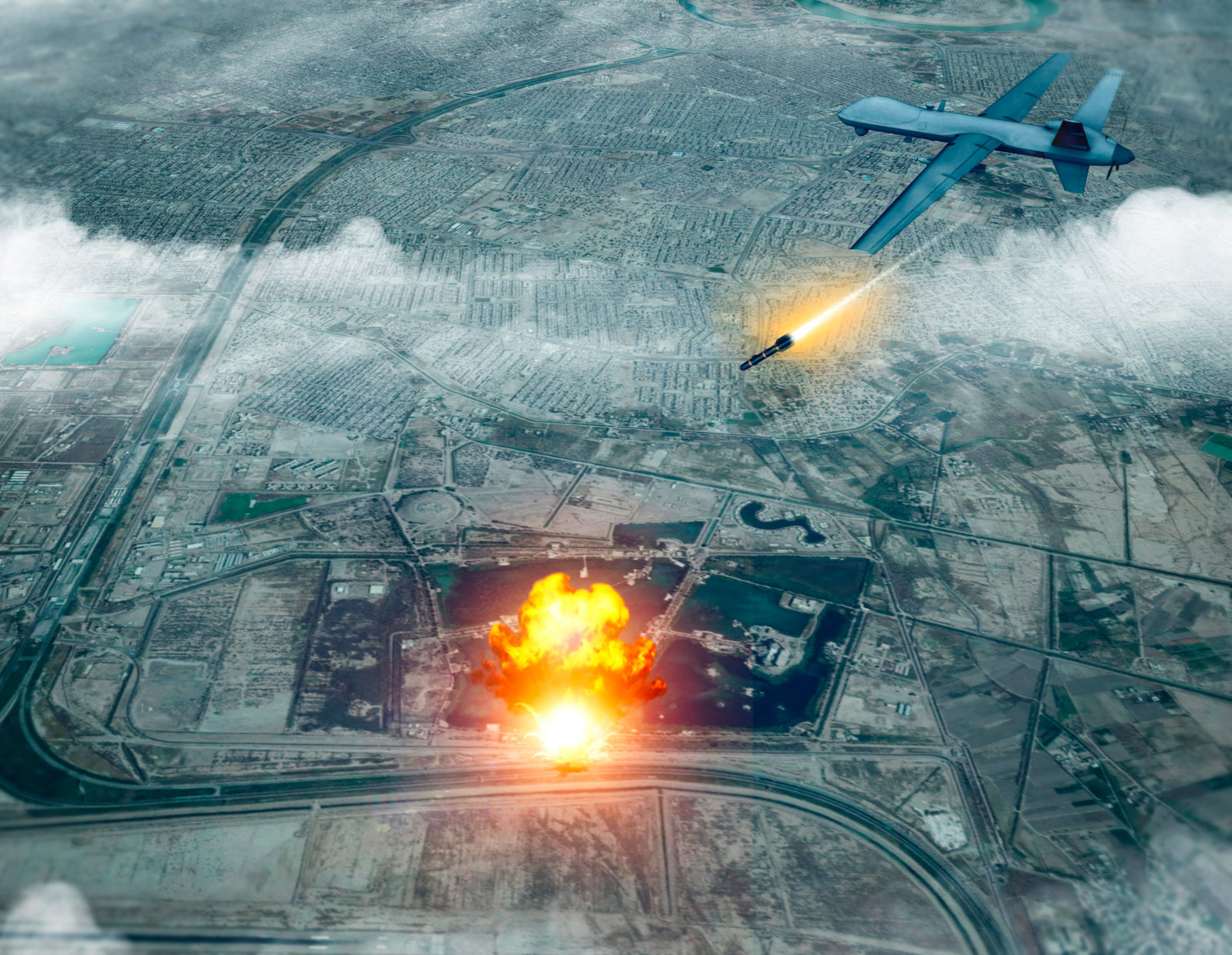Top Gun Maverick: Thrilling but Outdated by Today’s AI
How realistic is the continued use of manned aircraft in light of today’s technology?I just saw Top Gun: Maverick. Everyone I know agrees that the movie is masterfully done and is thrilling entertainment. My emotions were whiplashed throughout the movie and by the end I was exhausted.
But how realistic is the continued use of manned aircraft in light of today’s technology?
Considering what today’s military drones can do, the story premise of the new Top Gun is technically outdated. The mission could be better executed by today’s drones, without risk of human life. Instead of riding your horse to the restaurant during a lightning storm, drive your Tesla or — better yet — get Uber Eats to deliver. Use the latest technology.
The latest technology in drones is impressive. Consider some of today’s unmanned missile delivery systems:
The Avenger drone has a maximum speed of 460 mph and the RQ-4 drone can fly up to 391 mph. The Switchblade 300 Kamikazi drone, recently deployed in the war in Ukraine, uses pattern recognition to identify a target. This drone does not carry a missile — it is the missile. The Kamikazes are small and light enough for easy transport:
Many unmanned drones are remotely controlled. The unmanned MQ-9 Reaper also on track for us in the war in Ukraine is now famous for taking out Iranian terrorist General Soleimani in January 2020. It was remotely guided.
Such weapons, controlled by artificial intelligence without human oversight, are termed autonomous. Autonomous helicopter drones can slalom through a dense forest at 25 miles per hour. Israel’s Harpy missile loiters over a predefined battlefield; it waits till it’s illuminated by radar. Then the Harpy zeros in on the source of the illumination and takes out the radar installation, kamikaze style. All of this can be done autonomously without human intervention or the risk of human life.
But are autonomous aircraft superior in every way to Top Gun pilots? Using a closed world simulation, DARPA’s AlphaDogfight project pitted top pilots against autonomous aircraft in August 2020. AI won hands down.
There are other advantages to using drones. In the new Top Gun, the effect of G forces on pilots was of concern. If the G force is too high, the pilot will black out. Unmanned vehicles have no such limitation. If the computer survives, AI does not black out. Autonomous drones can also be effective in the absence of any outside communication including guiding GPS signals. Instead of GPS, maps stored in the drone’s computer can assess location by comparison with camera shots of the terrain.
There are, however, disadvantages of using autonomous drones in warfare. This is illustrated in Top Gun, when Maverick is teaching a class of pilots. He holds up a thick book that describes the operation of the fighter aircraft and says he assumes his students know the contents of the book. Then he tosses the book into the trash and says, “so does your enemy.”
Maverick is right. Humans have the ability to respond effectively to unexpected contingencies not written in a book. AI can only respond to what it has been programmed to respond to. This is why autonomous AI will never replace commanders on the field of battle. If the enemy knows your AI, it can find ways to defeat it. Not so against the creative human mind.
When a mission has minimal chance of interface by the enemy and the AI has been tested to do what it is programmed to do and no more, use of autonomous vehicles is warranted. Such was the mission in the new Top Gun movie. The movie was great entertainment but did not provide an accurate picture of the military use of today’s technology.
Note: The featured photo above shows the fatal U.S. drone attack on General Qasem Soleimani’s convoy at the Baghdad airport in 2020.
You may also wish to read: Book at a Glance: Robert J. Marks’s Killer Robots. What if ambitious nations such as China and Iran develop lethal AI military technology but the United States does not? Many sources (30 countries, 110+ NGOs, 4500 AI experts, the UN Secretary General, the EU, and 26 Nobel Laureates) have called for these lethal AI weapons to be banned. Dr. Marks disagrees: Deterrence reduces violence, he argues.
